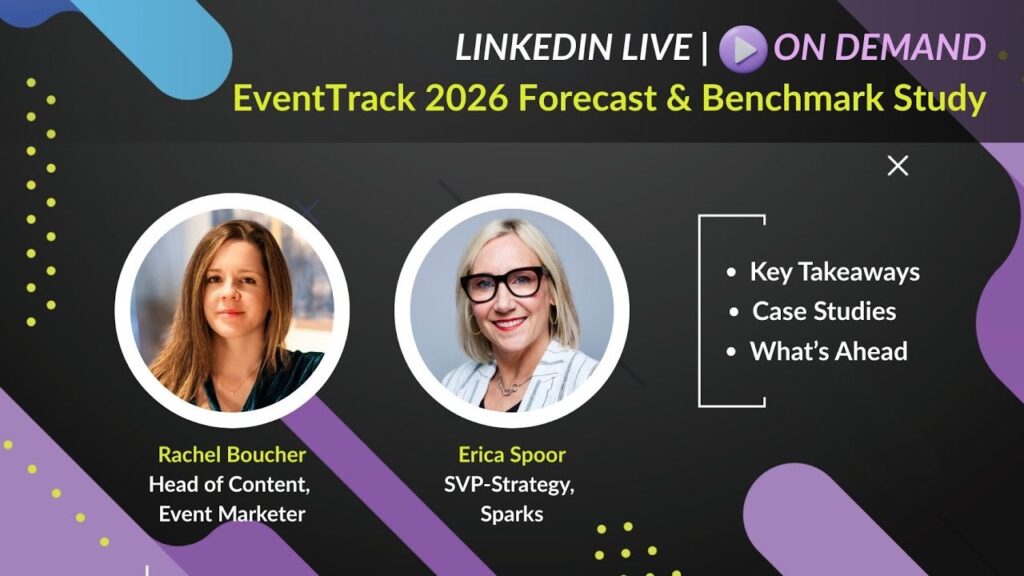
Marketers who think that creative doesn't matter in business-to-business marketing might want to think again. While B-to-B prospects are concerned about the bottom line, they're also consumers being bombarded by an ever growing stream of marketing messages. That means your creative needs to be good and stand out.
Chief Marketer recently talked with Mary Ann Kleinfelter about what B-to-B marketers should keep in mind when crafting their creative. Kleinfelter is president and owner of the consulting firm Marketing Solutions Today, and was previously vice president of marketing at the high-tech B-to-B firm L-com Global Connectivity.
CHIEF MARKETER: What common mistakes do you see in business-to-business creative?
KLEINFELTER: One assumption people make is that you should just show "hero" shots of the product, especially if it is something technical. You always do better when you show people. People like to look at people, even if they're engineers. They like to see people using the product. Whether it's clocks or bank supplies, it works. Of course, it isn't just showing people. In a B-to-B setting you'll often see shots of people wearing headsets and answering phones. It's not bad to stress service—service is important, especially in B-to-B when the products are very technical. The stakes are very high—if I can't get a service person right away and get my problem fixed immediately, I can lose many hours and dollars. But service shouldn't be the only pictures featuring people on your catalog or website. Have case studies of people using the products.
When I was at L-com, one thing that helped us was having pictures on the website that people could manipulate and turn around to get different views of the products. It's great for complicated products—I'd think it would be terrific for medical equipment.
CHIEF MARKETER: What can B-to-B marketers learn from their consumer counterparts when it comes to creative?
KLEINFELTER: When I was at L-com, we bought HyperLink Technologies, which was an international wireless product manufacturer.
Instead of going for the same look as L-com's campaigns, I decided to go with an agency that really specialized in consumer marketing, to see what I could learn from that side. I had the product expertise in house, and we used that to brief the outside creative folks. They came up with some fresh looks for us, which helped the product look innovative as well as reliable. It can be really useful to see how someone else will interpret your products. Some folks in B-to-B think you don't need creative—some companies have thousands of products on their websites. To put them all up there with no creative treatment is crazy.
CHIEF MARKETER: Do you see B-to-B marketers looking to mobile and social, and getting creative with those types of newer media?
KLEINFELTER: I see people contemplating it and starting, but cautiously. A lot of people poo-poo it and say things like "oh, engineers don't like it," but you can see, when you receive letters and suggestions from customers, that they do want to talk to each other. Of course, the thing is that once you commit to it you have to see it through. Social media won't work if you don't execute it properly.
CHIEF MARKETER: Many creatives who come into B-to-B today have a strong background in new media but don't know as much about more traditional disciplines, like direct marketing. Is that a problem?
KLEINFELTER: All the basics are in danger now, and it's affecting everything. The [younger] new media and digital new media creatives have trouble setting up test panels and knowing how to read them. A lot of people don't know how to measure things like incremental increases in response. And because a lot of companies have reduced their work forces, people from other departments like finance have been drafted into marketing and been told “do this.” They do their best, but they don't have any training in marketing. And sometimes they don't have intuitive knowledge.
And a lot of people are turning to vendors that do things like printing and asking them to set up tests. Some of them can do it [well] and some of them can't. But rather than let down a good client, they try to do it. You can understand why they do that. Some people just assume anyone can do creative. I don't know why.
CHIEF MARKETER: Is what clients look to creatives for now different from when you started in the business?
KLEINFELTER: My opinion is that creative isn't stressed as much as it should be, because people find it hard to justify the expense. I think they don't know how to do an A/B test, so it’s hard to prove which creative is working. They don't know it is much more than just a pretty picture. The other problem is that they believe they can continue to use the same creative over and over and over, thinking people won't remember it because they're too busy. Well, today people remember the creative more, because there's so much less stuff in the mail.



